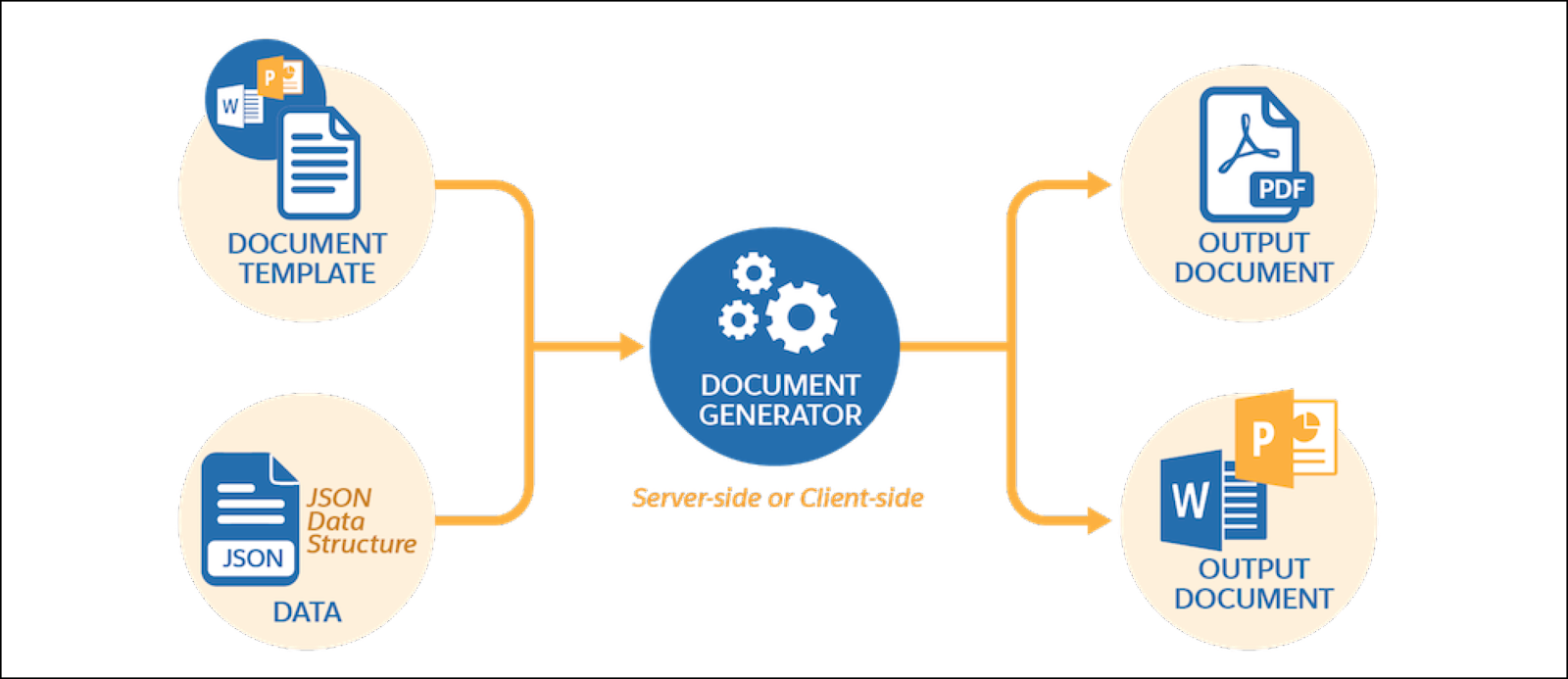Work with the Document Generation Solution
Learning Objectives
After completing this unit, you’ll be able to:
- Identify the typical use cases for document generation.
- Summarize how to use the application features.
Typical Use Cases
Quotes are just one example of the type of documents you can generate with Industries Document Generation. In fact, you can create documents from any standard or custom object in Salesforce.
Now it's time to zoom in and take a closer look at the document types and who uses them.
Document Type |
Who uses it? |
|---|---|
|
Contract
|
Sales teams can generate customized enterprise contracts with clauses, obligations, payment schedules, line items, e-signatures, and more, during the sales cycle. They can also create nondisclosure agreements and service agreements. |
|
Quote
|
Insurance agents and customer service representatives in many industries need to create complex quotes for products and services. These quote documents may include sections for manufacturing rebates, retail promotions, frame agreements, and much more. |
|
Proposal
|
Insurance agents often generate detailed proposal documents that define coverages, risks, indemnities, and schedule details for multiple customers. |
|
Report
|
Managers and other roles can create formatted reports that show open opportunities, closed-won deals, leads from a particular campaign, and anything else you can imagine! |
Industries Document Generation in Action
Remember Sophia’s mission to streamline the sales process at Infiwave? Let’s examine the flow she needs to set up so her team can generate quote documents.
Template Customization
First things first. Sophia creates a .docx or .pptx template in Microsoft Word or PowerPoint. Some parts of the quote document are dynamic. For example, customer names, order details, and quote dates are unique for each quote. For this content, she uses tokens to merge the data from a JSON source into the generated document.
Document Template Design
The next step is to upload the .docx or .pptx file to the Document Template Designer. Sophia defines the template with a unique name and template type and then selects the token-mapping methods. Token mapping is JSON-based, and data can come from internal or external data sources. After defining and testing the template, she’s ready to deploy it to the document-generation process.
Document Generation
The next step is to launch the document-generation process. For any use case or scenario, Sophia can set up the process in one of two ways—using client-side or server-side document generation.
-
Client-side document generation requires user interaction and generates documents using an OmniScript. Salesforce provides sample OmniScripts and Integration Procedures that you can use and customize to implement these capabilities.
-
Server-side document generation typically doesn’t require user interaction. Instead, a backend server processes requests for the generation of documents.
This diagram shows the process using client-side and server-side processing.

Now it's time to contrast client-side and server-side document generation.
Resources